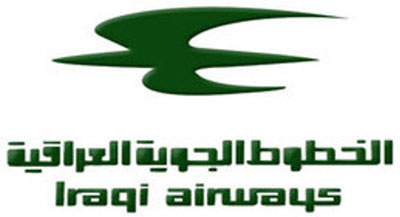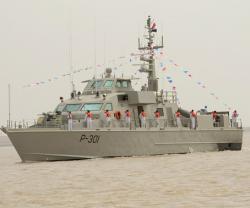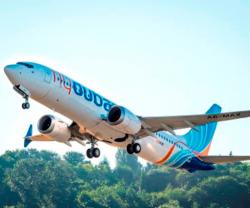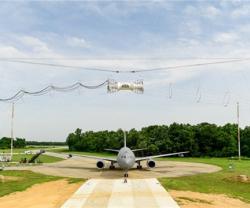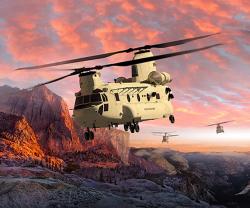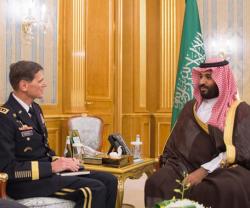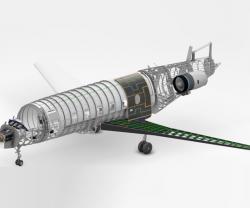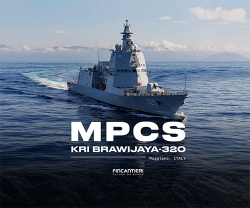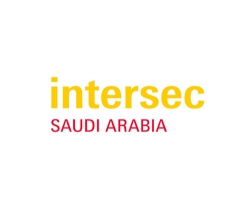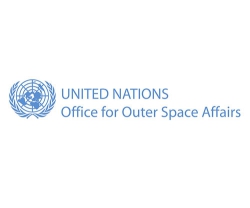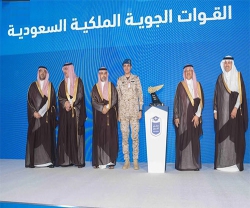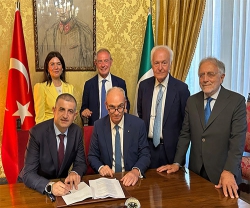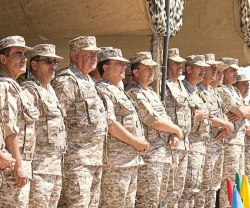Boeing Delivers First 737-800 to Iraqi Airways
14.08.2013 Aviation Space
Boeing has delivered a Next-Generation 737-800 to Iraqi Airways, the first of 30 that the airline ordered in 2008, marking a milestone in its relationship with the airline.
“The Next-Generation 737-800 will play a key role in helping us modernize our fleet and integrate into the regional and international commercial aviation system,” said Hadi Al Ameri, Iraq’s Minister of Transportation.
“Boeing has played a pivotal role in our growth plan and the Next-Generation 737 has earned an excellent reputation for reliability and operational efficiency,” he added.
Iraqi Airways currently has 39 Boeing airplanes on order, including 29 Next-Generation 737-800s and ten 787 Dreamliners.
Known for its reliability, fuel efficiency and economical performance, the 737-800 is selected by leading carriers throughout the world because it provides operators the flexibility to serve a wide range of markets. The single-aisle jet, which can seat between 162 to 189 passengers, can fly 260 nautical miles farther and consume 7 percent less fuel while carrying 12 more passengers than the competing model.
The 737-800 was launched on September 5, 1994, with commitments from customers for more than 40 airplanes. The first delivery was to German carrier Hapag-Lloyd in spring 1998. On March 13, 1998, the 737-800 earned type certification from the U.S. Federal Aviation Administration. JAA type validation of the 737-800 followed on April 9, 1998.
The 737-800, along with the other models of the Next-Generation 737 family (737-600, 737-700 and 737-900ER), offers a modern flight deck using the latest large flat-panel-display technology. Airlines can choose to provide their flight crews with either the latest display format, common with the 777, or opt for data format commonality with earlier 737 models.
The flight deck is equipped with optional technologies such as vertical situation display, which shows the current and predicted flight path of the airplane and indicates potential conflicts with terrain; and Head-up Display, which provides pilots with "eye-level" flight and safety information. Leading-edge display and flight-management software allows the airplane to fly the most restricted navigation routes through use of industry leading Required Navigation Performance.
The Next-Generation 737 is the first commercial jet certified for Ground Positioning System landings, which use satellite technology to make landings more efficient, accurate, and environmentally friendly.
“The Next-Generation 737-800 will play a key role in helping us modernize our fleet and integrate into the regional and international commercial aviation system,” said Hadi Al Ameri, Iraq’s Minister of Transportation.
“Boeing has played a pivotal role in our growth plan and the Next-Generation 737 has earned an excellent reputation for reliability and operational efficiency,” he added.
Iraqi Airways currently has 39 Boeing airplanes on order, including 29 Next-Generation 737-800s and ten 787 Dreamliners.
Known for its reliability, fuel efficiency and economical performance, the 737-800 is selected by leading carriers throughout the world because it provides operators the flexibility to serve a wide range of markets. The single-aisle jet, which can seat between 162 to 189 passengers, can fly 260 nautical miles farther and consume 7 percent less fuel while carrying 12 more passengers than the competing model.
The 737-800 was launched on September 5, 1994, with commitments from customers for more than 40 airplanes. The first delivery was to German carrier Hapag-Lloyd in spring 1998. On March 13, 1998, the 737-800 earned type certification from the U.S. Federal Aviation Administration. JAA type validation of the 737-800 followed on April 9, 1998.
The 737-800, along with the other models of the Next-Generation 737 family (737-600, 737-700 and 737-900ER), offers a modern flight deck using the latest large flat-panel-display technology. Airlines can choose to provide their flight crews with either the latest display format, common with the 777, or opt for data format commonality with earlier 737 models.
The flight deck is equipped with optional technologies such as vertical situation display, which shows the current and predicted flight path of the airplane and indicates potential conflicts with terrain; and Head-up Display, which provides pilots with "eye-level" flight and safety information. Leading-edge display and flight-management software allows the airplane to fly the most restricted navigation routes through use of industry leading Required Navigation Performance.
The Next-Generation 737 is the first commercial jet certified for Ground Positioning System landings, which use satellite technology to make landings more efficient, accurate, and environmentally friendly.
Previous PostEtihad Eyes More Alliances in China & the Americas
Latest news
Latest events
DefenPol China2025 - 7th Guangzhou International Defense & Police Exhibition & Summit
11 - 12 Jul 2025Nan Fung International Convention & Exhibition Center (NICEC) - ChinaIDEF 2025 Turkey - International Defence Industry Fair
22 - 27 Jul 2025Istanbul Expo Center - TurkeyDSEI 2025
09 - 12 Sep 2025Excel, London - United KingdomIntersec Saudi Arabia
29 Sep - 01 Oct 2025Riyadh International Exhibition & Convention Centre - Saudi Arabia

